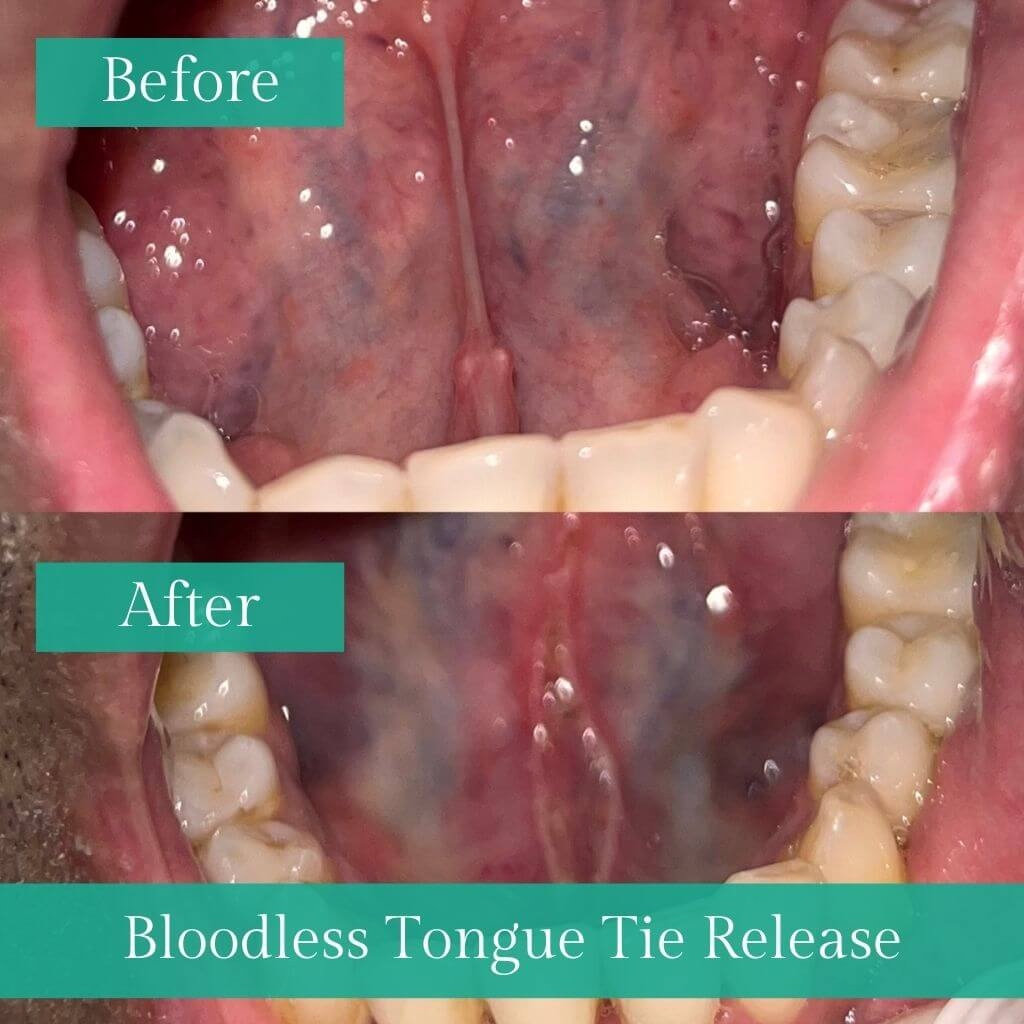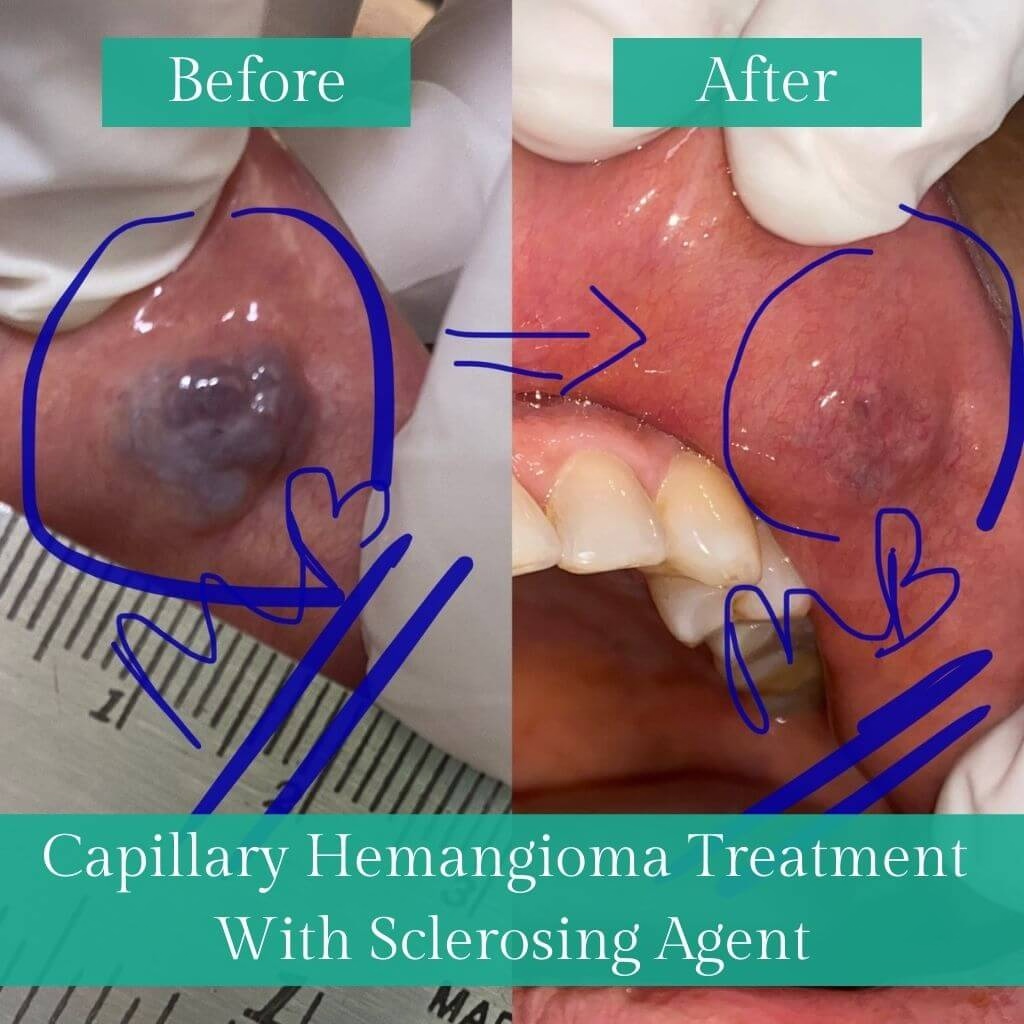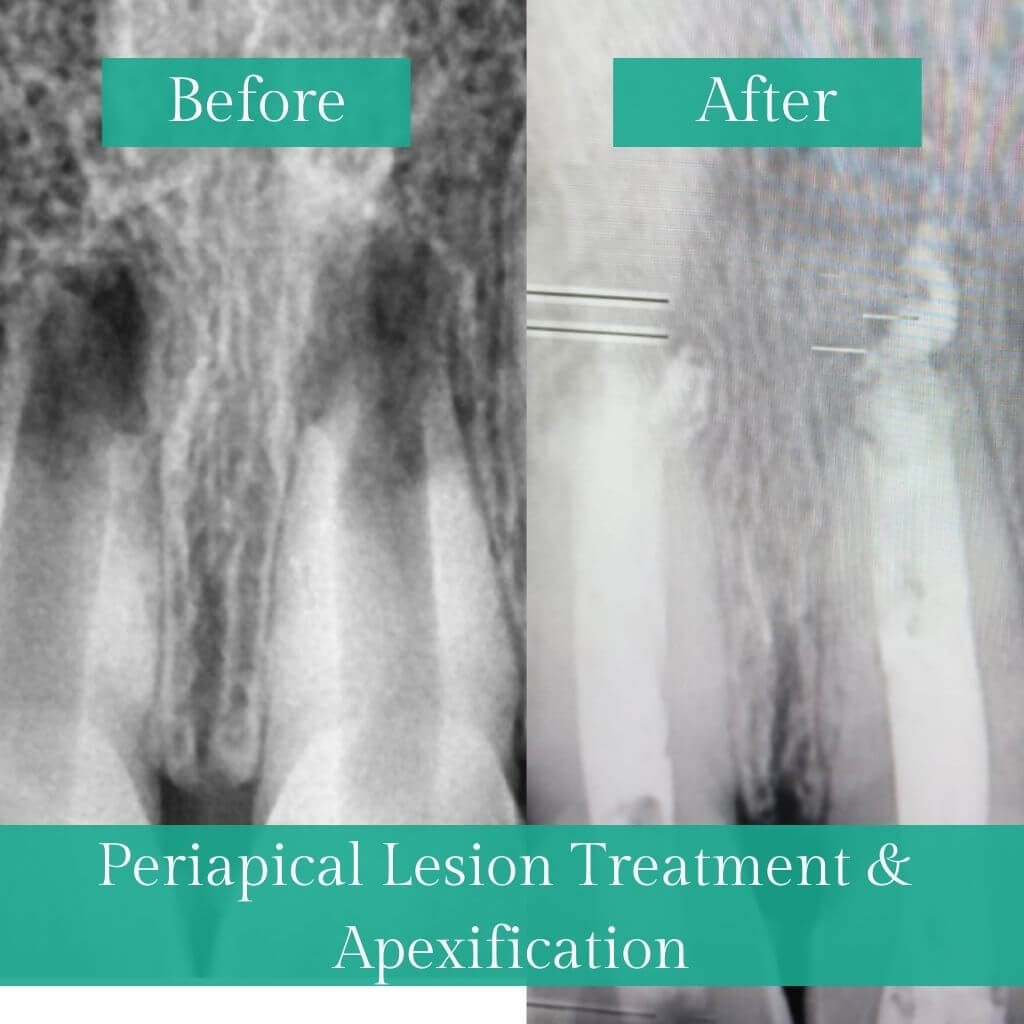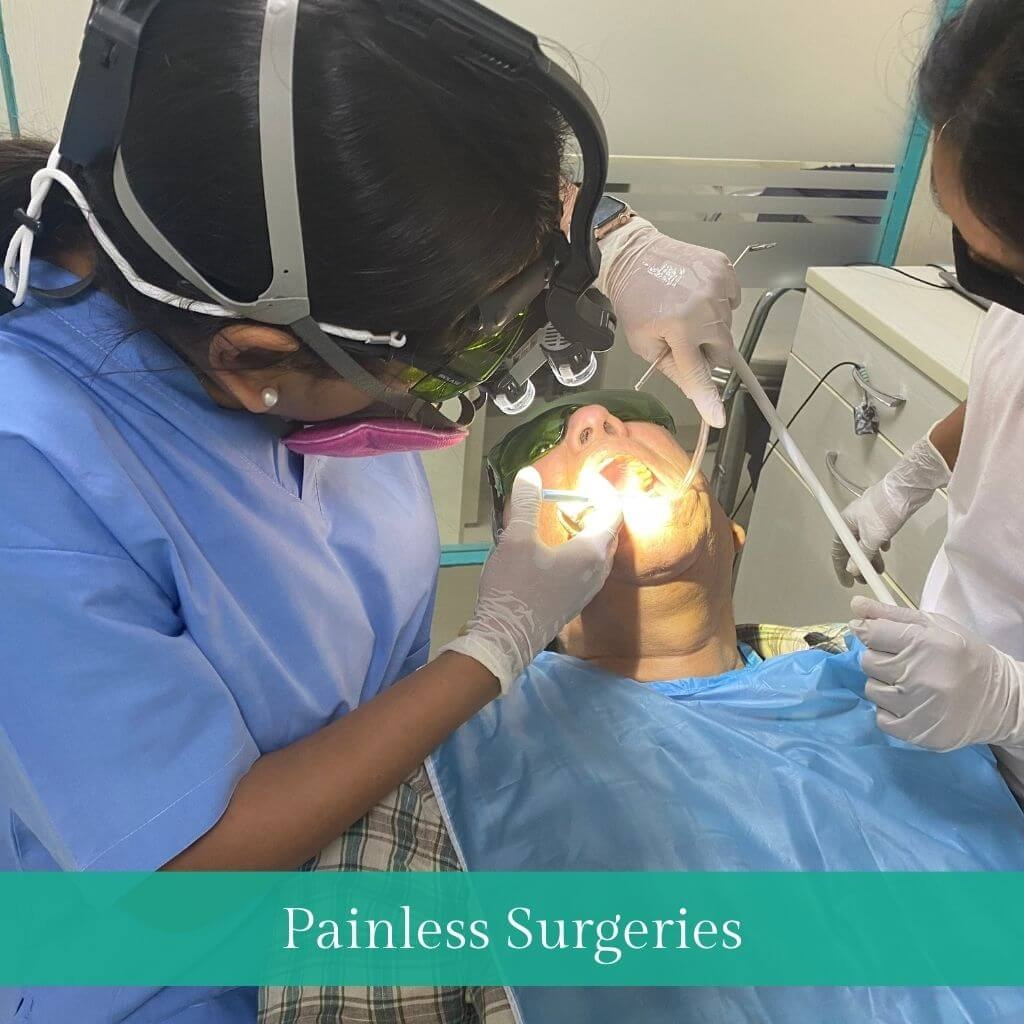Oral surgery encompasses a wide spectrum of surgical procedures conducted on various components of the oral and facial anatomy, including teeth, gums, jaws, and surrounding structures. This encompassing term covers an array of interventions, such as tooth extractions, dental bone grafting, grafting procedures to address periodontal (gum) issues, and corrective surgeries for jaw realignment. Through these procedures, oral surgery aims to address a diverse range of oral and facial concerns, promoting functional restoration, aesthetic enhancement, and overall oral health.
Types of Oral Surgery Procedures
Tooth Extraction
Tooth removal is often necessary for impacted wisdom teeth, severe decay, infection, or crowded teeth.
Dental Implant Placement
Surgical insertion of a dental implant into the jawbone as a foundation for replacing missing teeth.
Corrective Jaw Surgery (Orthognathic Surgery)
Surgical realignment of the jaws to address misalignment, bite problems, or severe jaw-related disorders.
Gum (Periodontal) Surgery
Procedures such as gingival grafts, pocket reduction, or crown lengthening to treat gum diseases or improve the health and appearance of the gums.
Oral Pathology
Diagnosis and surgical treatment of oral diseases, including removing oral tumours or lesions.
Bone Grafting
Surgical addition of bone material to the jaw to improve its structure for dental implant placement or address bone loss.
Impacted Tooth Exposure
Surgery to uncover and guide the eruption of impacted teeth, often performed on canines (maxillary cuspid teeth) that fail to emerge properly.
Benefits of Oral Surgery
- Relief from dental pain and discomfort.
- Improved oral function.
- Enhanced aesthetics.
- Treatment for oral diseases.
- Correction of bite problems.
- Replacement of missing teeth.
- Restoration of oral health.
- Resolution of jaw-related issues.
- Prevention of further dental problems.
Post-Operative Care for Oral Surgery
- Follow post-surgery instructions from the oral surgeon.
- Take prescribed medications as directed.
- Apply ice to reduce swelling (if recommended).
- Maintain proper oral hygiene with gentle care.
- Avoid vigorous rinsing or spitting.
- Consume soft foods and avoid chewing near the surgical site.
- Stay hydrated and eat nutritious foods.
- Avoid smoking or using straws.
- Rest and limit physical activity.
- Attend follow-up appointments as scheduled.
Gum Surgery
Gum surgery, also referred to as periodontal surgery, is a surgical procedure performed by periodontists, dental specialists with expertise in treating gum (gingival) issues. Gum surgery aims to address various gum-related concerns, such as gum disease, gum recession, or cosmetic enhancement of the gum line. The procedure involves manipulating the gum tissue, underlying bone, or both to restore gum health, improve gums' aesthetics, or enhance oral health. Gum surgery may include techniques like gum grafting, pocket reduction, crown lengthening, or other procedures tailored to the patient's specific needs.
Types of Gum Surgery
Gingivectomy
This type of gum surgery involves the removal of gum tissue to treat conditions such as gum disease or to reshape the gum line for cosmetic purposes.
Gingivoplasty
This procedure is conducted to enhance the aesthetics of the gum tissue by reshaping it. It is frequently performed in conjunction with a gingivectomy.
Gum grafting
This surgical procedure entails the transplantation of gum tissue from one region of the oral cavity to another region that is deficient in gum tissue. It is usually done to treat gum recession or to cover exposed tooth roots.
Crown lengthening
This process entails the removal of gum tissue and, in certain instances, bone to expose a greater portion of the tooth's Crown. It is often done to prepare a tooth for a dental restoration or to correct a "gummy" smile.
Pocket reduction surgery
This type of gum surgery treats advanced gum disease. It involves folding back the gum tissue to remove tartar and bacteria from deep pockets around the teeth before securing the tissue back in place.
Periodontal flap surgery
During this procedure, the gum tissue is elevated and retracted to provide access to the dental roots and the underlying bone structure. The dentist can remove infected tissue, clean the area, and close the incisions.
When is Gum Surgery needed?
Advanced Gum Disease
When non-surgical treatments (scaling, root planing) haven't effectively addressed severe gum disease (periodontitis), there's significant damage to the gums and supporting structures.
Gum Recession
When gums have receded, exposing tooth roots, leading to sensitivity, aesthetic concerns, or risk of root decay.
Pocket Formation
When deep pockets (spaces between gums and teeth) form due to gum disease, requiring surgical intervention to clean and reduce pocket depth.
Tooth Mobility
When teeth become loose due to gum disease or other factors, gum surgery may be needed to stabilise and support the affected teeth.
Cosmetic Concerns
For aesthetic reasons, to reshape the gum line (crown lengthening), or to address a "gummy smile."
Restorative Purposes
Sometimes, gum surgery is necessary to access and prepare teeth for restorative procedures like placing crowns, bridges, or dental implants.
Excessive Gum Tissue
When there's an overgrowth of gum tissue, impacting the appearance of teeth or making them challenging to clean (gingivectomy).
Frenectomy
To address a condition where a band of tissue (frenum) restricts tongue movement (ankyloglossia) or affects the stability of teeth. Aftercare tips
Follow Medication Instructions
Take prescribed medications, including antibiotics and pain relievers, as your periodontist directs to manage pain and prevent infection.
Oral Hygiene
Maintain good oral hygiene, but avoid brushing directly on the surgical site for the first few days. Use a gentle mouth rinse provided by your periodontist for rinsing as instructed.
Dietary Restrictions
Stick to soft, non-spicy foods for the initial days after surgery to prevent irritation to the surgical area. Avoid hot and spicy foods that might cause discomfort.
Avoid Tobacco and Alcohol
Refrain from using tobacco products and alcohol, as they can hinder healing and increase the risk of complications.
Rest and Avoid Strenuous Activities
Rest to aid healing, and avoid vigorous physical activities for a few days as they could potentially increase bleeding and swelling.
Attend Follow-up Appointments
Keep all scheduled follow-up appointments with your periodontist for wound checks and to ensure proper healing.
Be Gentle
Avoid touching the surgical site with your fingers or tongue. Contact your periodontist promptly if you have any concerns or notice unusual symptoms.
Use of Lasers in Gum Surgery
Lasers technology has proved to be a boon for periodontal or gum disease. It not only makes disinfection completely painless but also assists in the formation of new attachment of the gums to teeth and reduces pocket depth which in turn reduces bacterial load and makes post-procedure maintenance easy for the patient.
We at Hope Dental and Esthetic Clinic routinely employ lasers for painless and non-surgical management of gum diseases.







